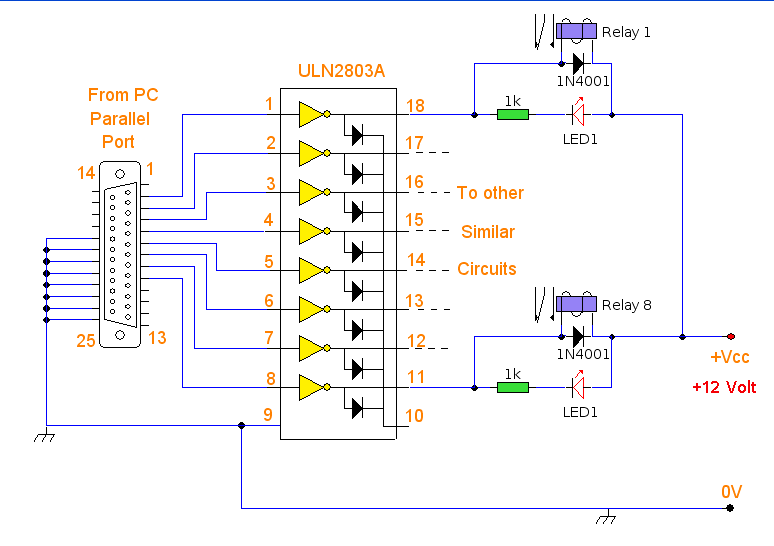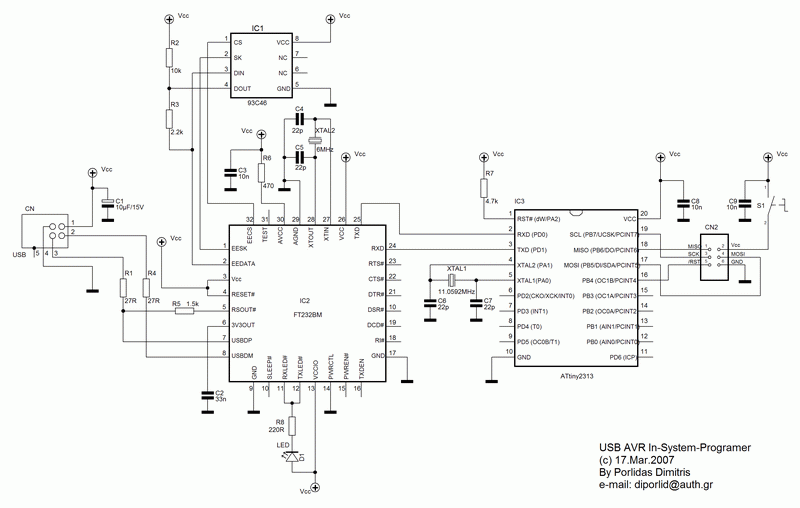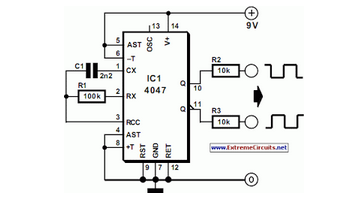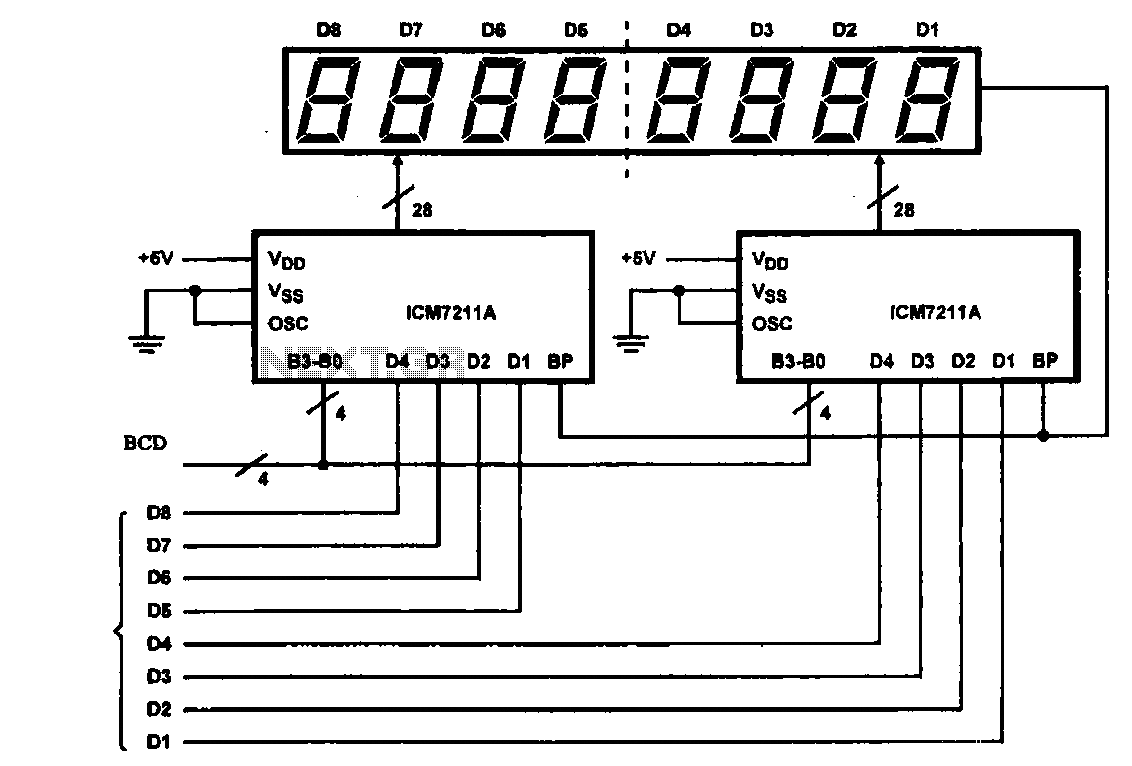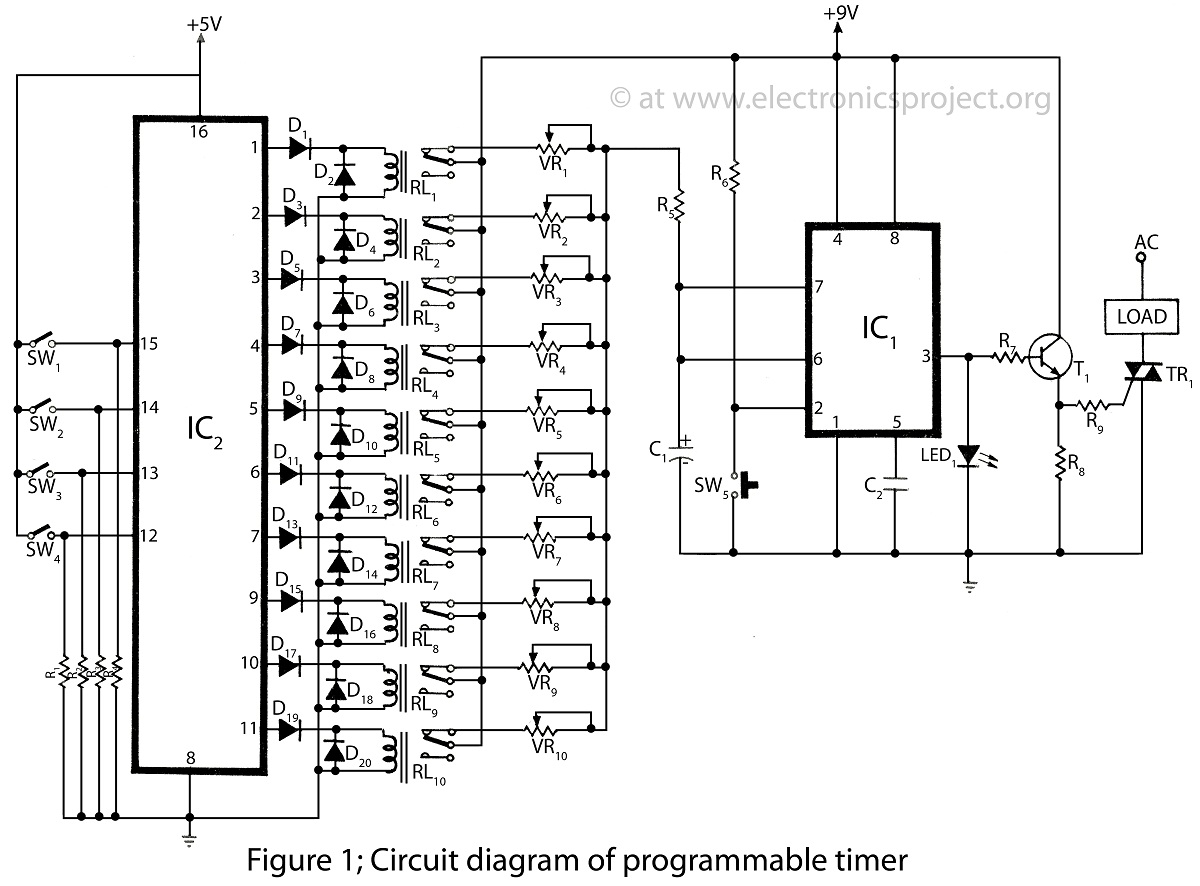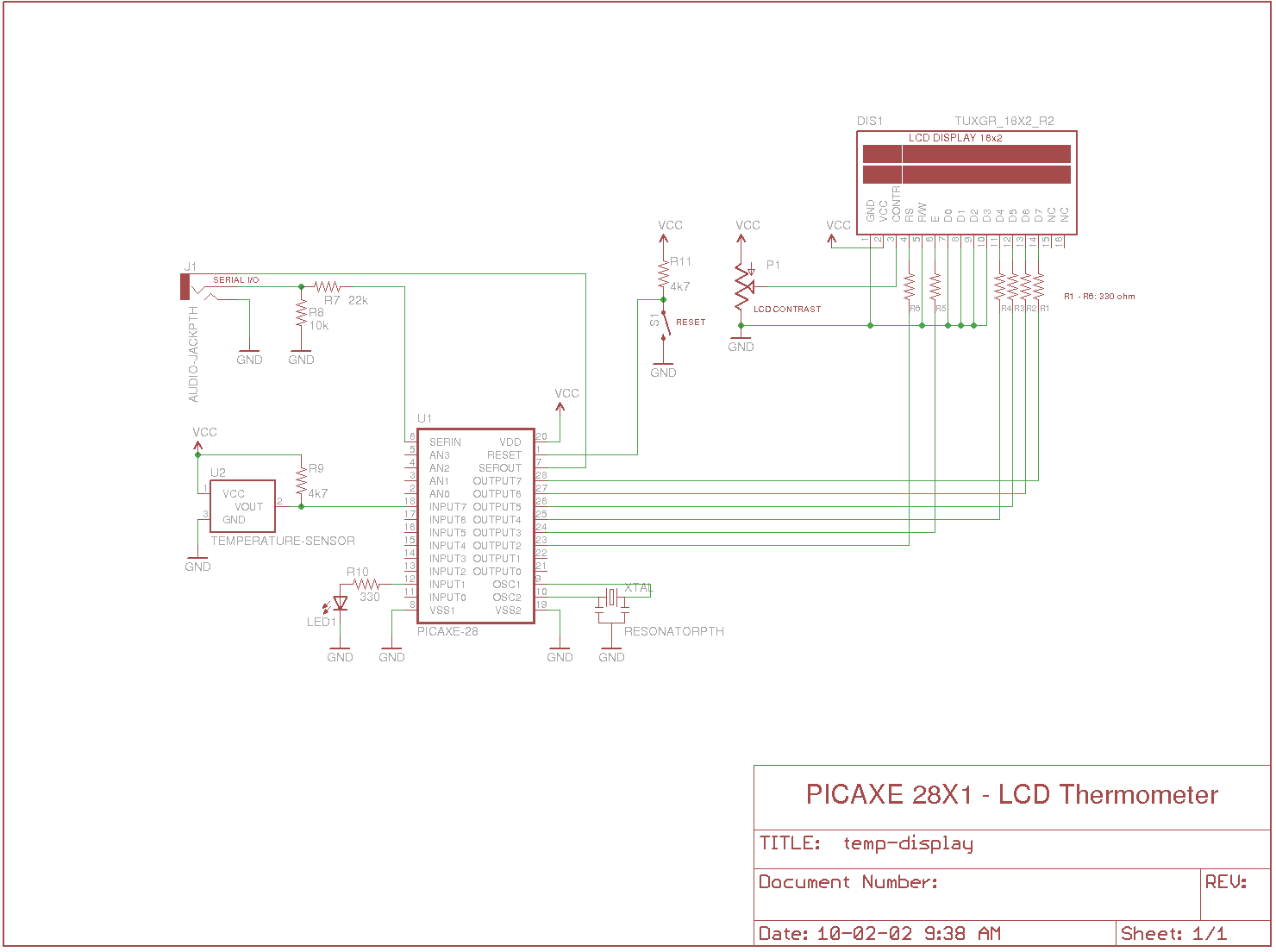
interface and program lcd to
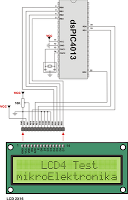
The 2x16 Parallel LCD is an 8-bit or 4-bit parallel interfaced LCD. This unit allows the user to display text, numerical data, and custom-created characters. The LCD utilizes the HD44780 series LCD driver from Hitachi or an equivalent controller. It connects to a female 14-pin connector for easy interfacing with the BS2p24/40 Demo Board (#45187) and the Professional Development Board (#28138). Although the device includes a ribbon cable and a 14-pin connector, it can also be connected manually using the diagram provided in the accompanying documentation. An example connection of the 2x16 LCD (16 characters, 2 lines) to a dsPIC30F microcontroller is demonstrated using both a 4-bit and an 8-bit interface. The following code illustrates the usage of the LCD Custom Library routines, covering the initialization of the LCD module and instructions for controlling and writing to the module. This implementation is carried out using the mikroBasic compiler for dsPIC30F Microcontrollers. The interconnection of the LCD module and the dsPIC30F devices using a 4-bit interface is depicted in the corresponding figure.
The 2x16 Parallel LCD module is designed for versatility in interfacing with microcontroller platforms, supporting both 4-bit and 8-bit data transmission modes, which enables it to adapt to various application requirements. The HD44780 driver is a widely used controller that facilitates easy communication with microcontrollers, providing a set of commands for initializing the display, writing characters, and controlling display settings.
For a typical application, the LCD is connected to a microcontroller through a 14-pin connector, which simplifies the wiring process. The connections include data pins (D0-D7), control pins (RS for Register Select, RW for Read/Write, and E for Enable), and power supply pins (VSS for ground, VDD for power, and V0 for contrast adjustment). The choice of using either a 4-bit or 8-bit interface affects the number of data lines utilized; in 8-bit mode, all data pins are used, while in 4-bit mode, only the upper or lower nibble is transmitted, reducing the number of required connections.
The initialization sequence for the LCD involves setting the data mode, configuring the display, and clearing the screen. Once initialized, the display can be manipulated via the provided library routines, which abstract the complexity of direct register manipulation. This allows developers to focus on functionality rather than low-level control.
When integrating the LCD with a dsPIC30F microcontroller, careful attention must be paid to timing requirements for the enable signal and the data write process to ensure reliable operation. The mikroBasic compiler simplifies this integration by providing high-level commands to manage the LCD operations efficiently.
Overall, the 2x16 Parallel LCD is a robust solution for displaying information in embedded systems, suitable for applications requiring user interaction or data monitoring.The 2 X16 Parallel LCD is an 8 bit or 4 bit parallel interfaced LCD. This unit allows the user to display text, numerical data and custom created characters. The LCD uses the HD44780 series LCD driver from Hitachi, or equivalent controller. The LCD is connected to a female 14-pin connector for easy interface with the BS2p24/40 Demo Board (#45187) and the Professional Development Board (#28138). Though the device has the ribbon cable and 14-pin connector it may also be hooked up manually using the diagram on the next page. The 2 X16 Parallel LCD is an 8 bit or 4 bit parallel interfaced LCD. This unit allows the user to display text, numerical data and custom created characters. The LCD uses the HD44780 series LCD driver from Hitachi, or equivalent controller. The LCD is connected to a female 14-pin connector for easy interface with the BS2p24/40 Demo Board (#45187) and the Professional Development Board (#28138).
Though the device has the ribbon cable and 14-pin connector it may also be hooked up manually using the diagram on the next page. The following example 2x16 LCD connection (16characters, 2 line) to a dsPIC30F microcontroller by using a 4-bit and 8-bit interface.
The following code demonstrates the usage of the LCD Custom Library routines. The example covers the initialization of the LCD module and instructions for contolling and writing the module. The realization is carried out by using the mikroBasic compiler for dsPIC30F Microcontrollers. The interconnection of the LCD module and a dsPIC30F devices by using a 4-bit interface is shown in Fig.
13-1. 🔗 External reference
The 2x16 Parallel LCD module is designed for versatility in interfacing with microcontroller platforms, supporting both 4-bit and 8-bit data transmission modes, which enables it to adapt to various application requirements. The HD44780 driver is a widely used controller that facilitates easy communication with microcontrollers, providing a set of commands for initializing the display, writing characters, and controlling display settings.
For a typical application, the LCD is connected to a microcontroller through a 14-pin connector, which simplifies the wiring process. The connections include data pins (D0-D7), control pins (RS for Register Select, RW for Read/Write, and E for Enable), and power supply pins (VSS for ground, VDD for power, and V0 for contrast adjustment). The choice of using either a 4-bit or 8-bit interface affects the number of data lines utilized; in 8-bit mode, all data pins are used, while in 4-bit mode, only the upper or lower nibble is transmitted, reducing the number of required connections.
The initialization sequence for the LCD involves setting the data mode, configuring the display, and clearing the screen. Once initialized, the display can be manipulated via the provided library routines, which abstract the complexity of direct register manipulation. This allows developers to focus on functionality rather than low-level control.
When integrating the LCD with a dsPIC30F microcontroller, careful attention must be paid to timing requirements for the enable signal and the data write process to ensure reliable operation. The mikroBasic compiler simplifies this integration by providing high-level commands to manage the LCD operations efficiently.
Overall, the 2x16 Parallel LCD is a robust solution for displaying information in embedded systems, suitable for applications requiring user interaction or data monitoring.The 2 X16 Parallel LCD is an 8 bit or 4 bit parallel interfaced LCD. This unit allows the user to display text, numerical data and custom created characters. The LCD uses the HD44780 series LCD driver from Hitachi, or equivalent controller. The LCD is connected to a female 14-pin connector for easy interface with the BS2p24/40 Demo Board (#45187) and the Professional Development Board (#28138). Though the device has the ribbon cable and 14-pin connector it may also be hooked up manually using the diagram on the next page. The 2 X16 Parallel LCD is an 8 bit or 4 bit parallel interfaced LCD. This unit allows the user to display text, numerical data and custom created characters. The LCD uses the HD44780 series LCD driver from Hitachi, or equivalent controller. The LCD is connected to a female 14-pin connector for easy interface with the BS2p24/40 Demo Board (#45187) and the Professional Development Board (#28138).
Though the device has the ribbon cable and 14-pin connector it may also be hooked up manually using the diagram on the next page. The following example 2x16 LCD connection (16characters, 2 line) to a dsPIC30F microcontroller by using a 4-bit and 8-bit interface.
The following code demonstrates the usage of the LCD Custom Library routines. The example covers the initialization of the LCD module and instructions for contolling and writing the module. The realization is carried out by using the mikroBasic compiler for dsPIC30F Microcontrollers. The interconnection of the LCD module and a dsPIC30F devices by using a 4-bit interface is shown in Fig.
13-1. 🔗 External reference
